
Meteor Activity Outlook for December 10-16, 2016
Winter Milky Way Geminids on December 12, 2012. Credit: ©John Chumack During this period the moon reaches its full phase…

Winter Milky Way Geminids on December 12, 2012. Credit: ©John Chumack During this period the moon reaches its full phase…

For morning observers the estimated total hourly rates should be near 18 as seen from mid-northern latitudes (45N) and 15 as seen from tropical southern locations (25S). The actual rates will also depend on factors such as ...

For morning observers the estimated total hourly rates should be near 18 as seen from mid-northern latitudes (45N) and 15 as seen from tropical southern locations (25S). The actual rates will also depend on factors such as ...

The AMS has received over 150 reports so far about of a fireball event over seen over Florida on November 21st, 2016 around 11:15pm EST (Nov. 22nd ~ 04:15 UT). The fireball was seen primarily from Florida but witnesses from Georgia and Alabama also reported the event.

For morning observers the estimated total hourly rates should be near 18 as seen from mid-northern latitudes (45N) and 11 as seen from tropical southern locations (25S). Morning rates are reduced during this period due to moonlight.

The 1966 Leonids were certainly the greatest meteor shower in recorded history as it produced rates as high as 40 meteors per SECOND! We celebrate this year the 50th anniversary of this unforgettable event.
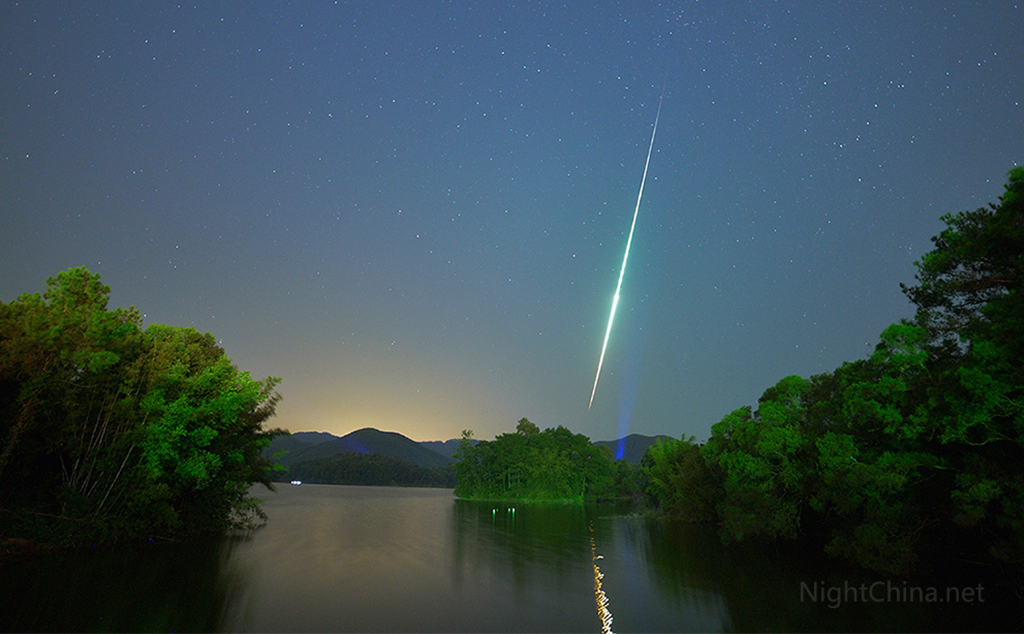
For morning observers the estimated total hourly rates should be near 14 as seen from mid-northern latitudes (45N) and 9 as seen from tropical southern locations (25S).
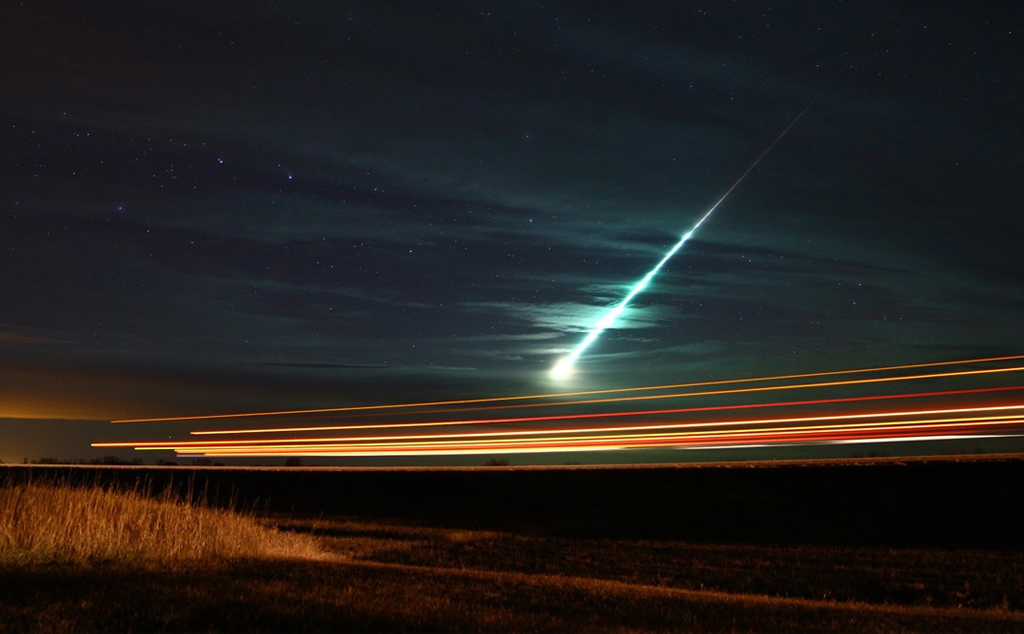
For morning observers the estimated total hourly rates should be near 25 as seen from mid-northern latitudes (45N) and 20 as seen from tropical southern locations (25S). Evening rates are reduced during this period due to moonlight.
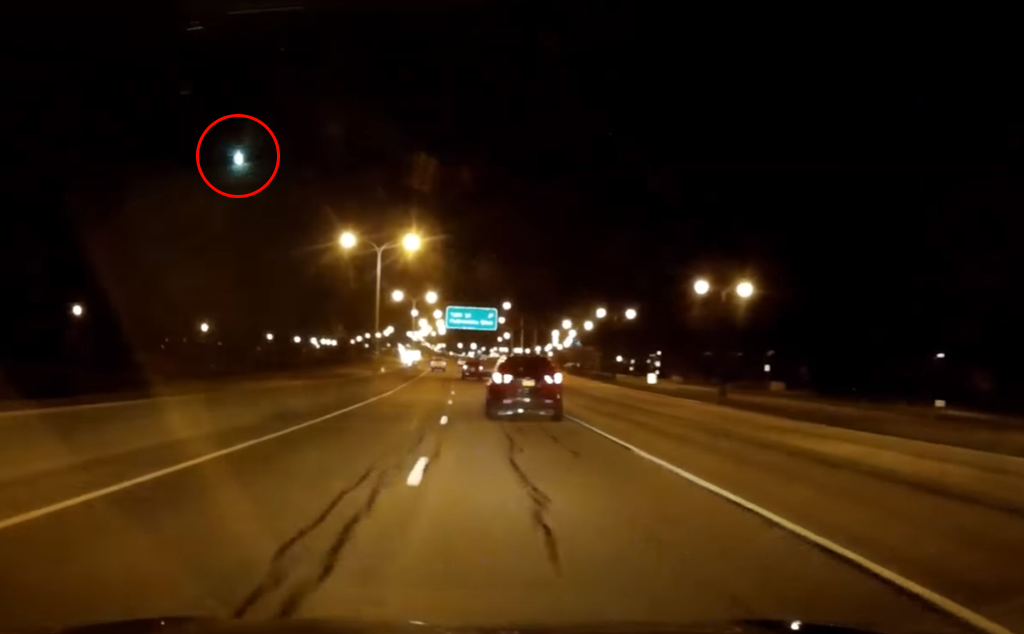
The AMS has received 332 reports so far about of a fireball event over seen over Pennsylvania on November 1st, 2016 around 08:15pm EDT (Nov. 2nd ~ 00:15 UT). The fireball was seen primarily from Pennsylvania but witnesses from Maryland, New York, Connecticut...
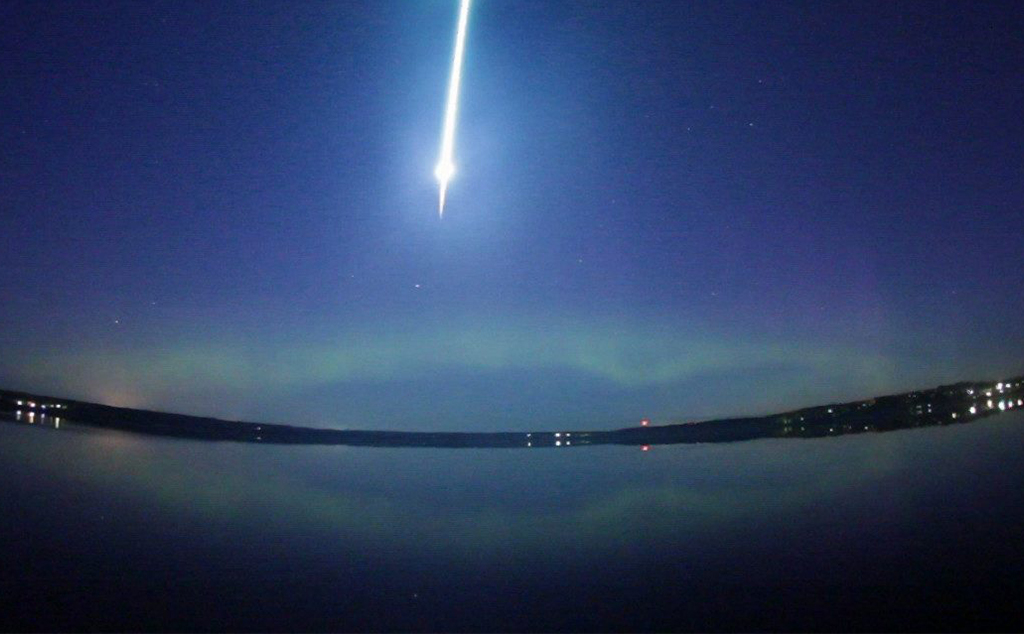
As seen from the northern hemisphere, meteor rates continue to be strong in November. While no major activity is expected this month, the two Taurid radiants plus the Leonids keep the skies active.
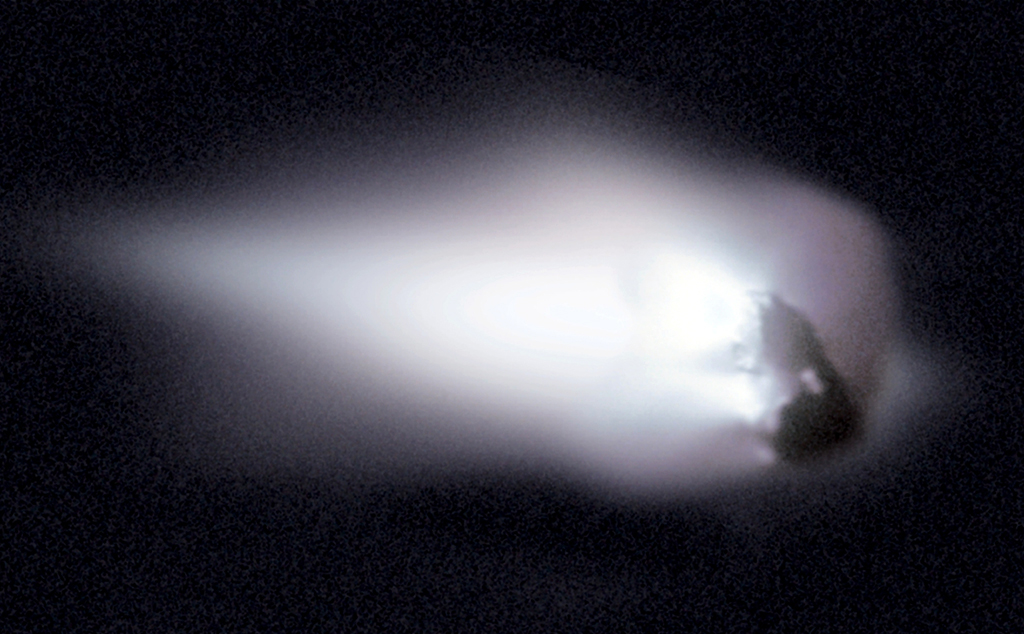
This weekend the moon will interfere with viewing the maximum of the Orionid meteor shower but circumstances are much better than viewing during a full moon. Simply make certain you view with the moon at your back so that the lunar glare does not impede your vision.

During this period the moon reaches it full phase on Saturday October 15th. At this time the moon will be located opposite the sun and will be in the sky all night long. This is the worst time of the month in which to try and view meteor activity as the bright moon will obscure all but the brightest meteors.
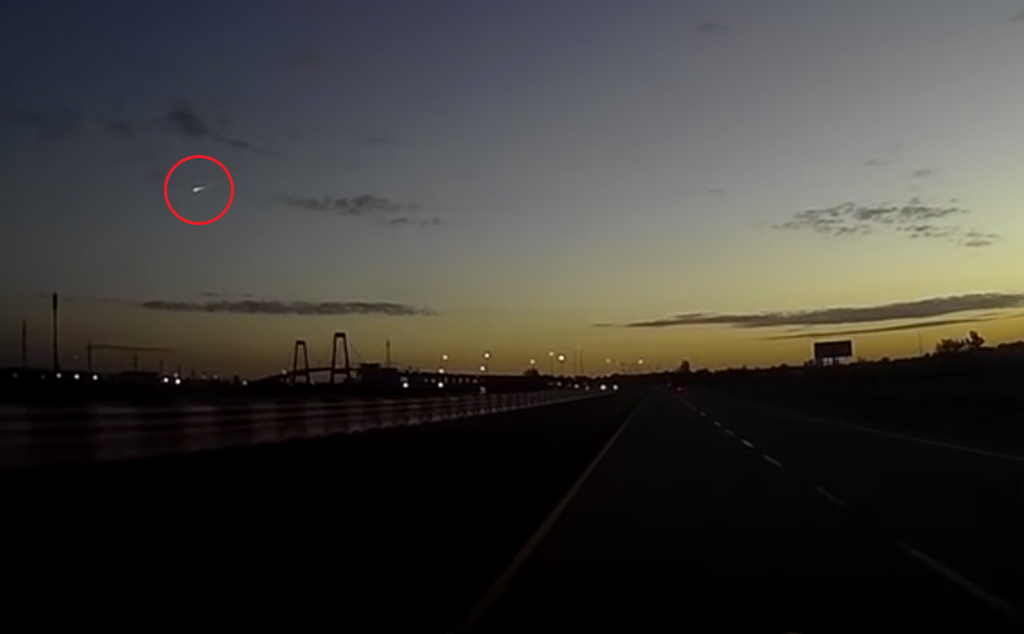
AMS Event#3903-2016 caught on dashcam by Youtube user “jrtech99” Over 550 witnesses have reported a large early morning fireball seen…

This weekend is favorable for meteor observing as the more active morning hours will be free of interfering moonlight. For morning observers the estimated total hourly rates should be near 21 as seen from mid-northern latitudes (45N) and 16 as seen from tropical southern locations (25S).

For the 2nd time this week, the AMS has received multiple reports (nearly 400 so far) over a fireball seen over the Great Lakes region on Friday, October 7th 2016 around 6:45am EDT (10:45 UT).
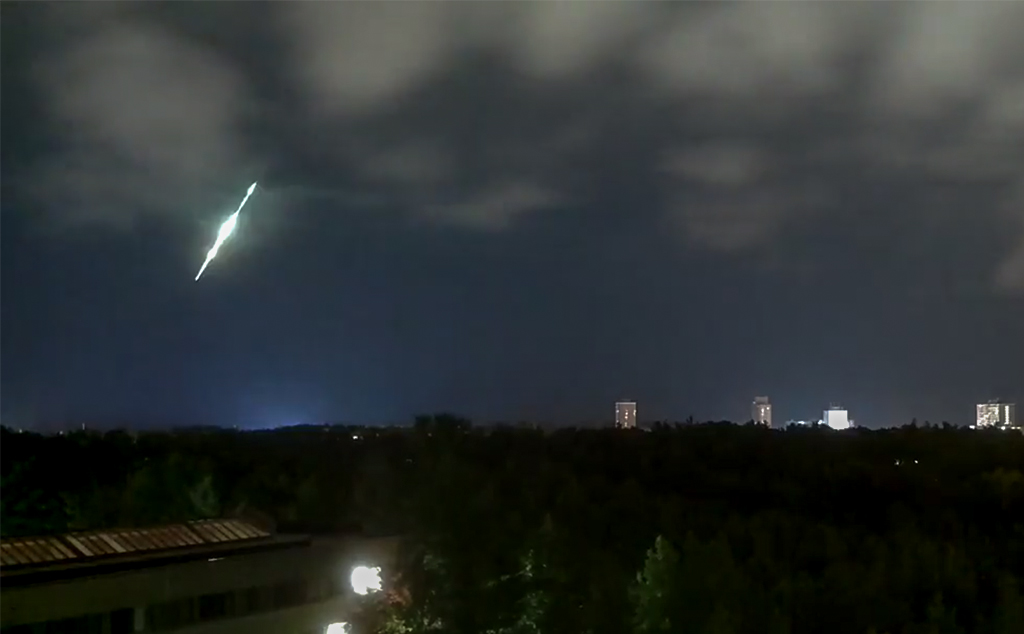
We received over 750 reports so far about of a fireball event over seen over the Eastern Great lakes region on Tuesday, October 4th 2016 around 11:36pm EDT (Wednesday, October 5th 2016 around 02:36 UT).

Meteor activity increases in October when compared to September. A major shower (the Orionids) is active all month long and there are also many minor showers to be seen.

For morning observers the estimated total hourly rates should be near 12 as seen from mid-northern latitudes (45N) and 10 as seen from tropical southern locations (25S).

The AMS has received nearly 350 reports so far about of a fireball event over seen over Montréal, CA on September 21st, 2016 around 9:45pm EDT (Sept 22nd, 1:45 UT). The fireball was seen primarily from Québec but witnesses from Ontario, New Brunswick, New York, Maine, Massachusetts, Vermont and New Hampshire also reported the event.

For morning observers the estimated total hourly rates this week should be near 8 as seen from mid-northern latitudes (45N) and 5 as seen from tropical southern locations (25S).

The AMS has received over 340 reports so far about of a rare daylight fireball event over seen over North Carolina on September 8th, 2016 around 6:03pm EDT (22:03 UT).